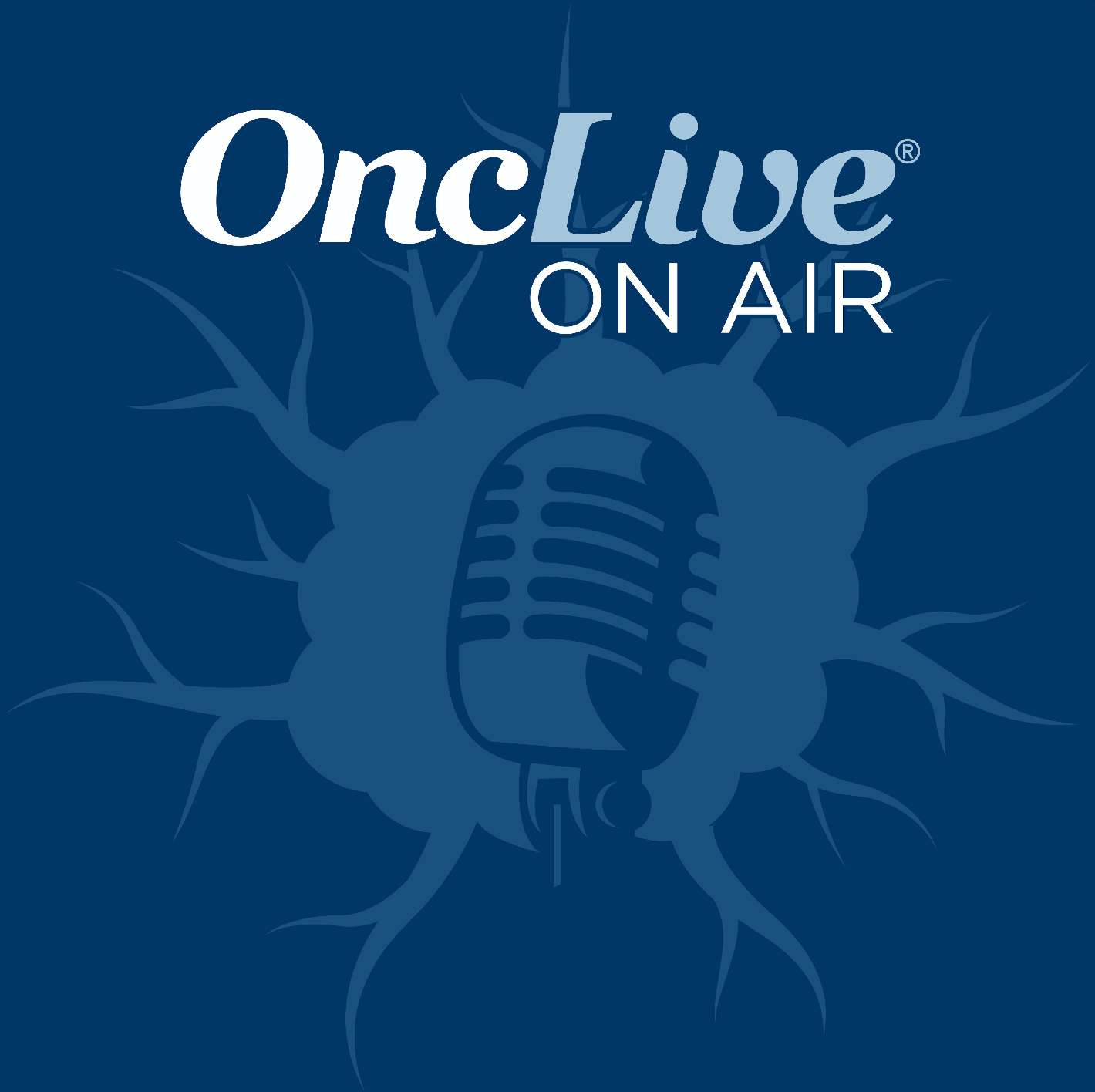Article
Temferon Lands FDA Orphan Drug Status for Glioblastoma Multiforme
Author(s):
The FDA has granted an orphan drug designation to Temferon for use as a potential therapeutic option in patients with glioblastoma multiforme.
FDA

The FDA has granted an orphan drug designation to Temferon for use as a potential therapeutic option in patients with glioblastoma multiforme, according to an announcement from the clinical-stage immuno-oncology company Genenta Science.1
IFN-α has previously been given as systemic treatment for several cancers but because of its toxicity, it is now rarely utilized. It is known that IFN-α employs its antitumor activity directly by encouraging cancer cell apoptosis and hindering vascularization, and indirectly by restoring immune response against the tumor.2 Temferon alters Tie2-expressing monocytes to release IFN-α into the cancer, which helps to restore the immune system and offset tumor growth.
“We expect that the FDA’s decision to grant orphan drug designation to Temferon will enhance the development of our cell therapy, which we believe has the potential to address the unmet medical need of patients and strengthen our clinical program,” Pierluigi Paracchi, chief executive officer of Genenta, stated in a press release. “The orphan drug designation program highlights the significant need for an efficacious therapy for patients suffering from glioblastoma multiforme.”
The safety and efficacy of Temferon is under evaluation in up to 21 patients with newly diagnosed glioblastoma harboring an unmethylated MGMT promoter as part of the ongoing non-randomized, open-label, phase 1/2 TEM-GBM trial (NCT03866109).3,4
Patients were required to have undergone complete or partial tumor resection, be eligible for radiotherapy, have a life expectancy of at least 6 months, and a Karnofsky performance score of at least 70.3 Within 20 days of administration of Temferon, patients needed to have acceptable cardiac, renal, hepatic, and pulmonary function; left ventricular ejection fraction of at least 45%; and absence of severe pulmonary hypertension; among other.
Patients were assigned to 7 different cohorts (n = 3 each) which differed by dose and conditioning regimen.4 Patients were assigned to 7 different cohorts (n = 3 each) differing by dose of Temferon, ranging from 0.5 to 4.0 x 106/kg, and conditioning regimen (carmustine and thiotepa or busulfan and thiotepa).
The primary end points of the study are Temferon engraftment over the first 90 days, proportion of patients achieving hematologic recovery 30 days after transplantation, and short-term tolerability of the agent as defined by stable blood counts, absence of cytopenias, absence of significant organ toxicities greater than grade 2, as well as the absence of Replication Competent Lentivirus.
The data cutoff was October 15, 2021, and the median follow-up was 267 days (range, 60-749). Patients in cohorts 1 to 3 received Temferon at a dose 0.5-2.0 x 106/kg with an average vector copy number of 0.70 and a transduction efficiency of 54%. Those in cohorts 4 and 5 were given Temferon at 2.0 x 106/kg with an average vector copy number of 0.77 and a transduction efficiency of 49%.
Increasing proportions of Temferon-derived differentiated cells were observed, as determined by the presence of vector genomes in the DNA of peripheral blood and bone marrow cells, reaching up to 30% at 1 month in the highest treatment cohort (2.0 x 106/kg). Those differentiated cells persisted at lower levels for up to 18 months.
References
- FDA grants orphan drug designation to Temferon for treatment of glioblastoma multiforme. News release. Genenta Science. March 2, 2023. Accessed March 2, 2023. https://ir.genenta.com/news-releases/
- A study evaluating Temferon in patients with glioblastoma & unmethylated MGMT (TEM-GBM). ClinicalTrials.gov. Updated January 20, 2023. Accessed March 2, 2023. https://clinicaltrials.gov/ct2/show/NCT03866109
- Gentner B, Finocchiaro G, Farina F, et al. Abstract 5213: Genetically modified Tie-2 expressing monocytes target IFN-α2 to the glioblastoma tumor microenvironment (TME): preliminary data from the TEM-GEM phase 1/2a study. Cancer Res. 2022;82(suppl 12):5213. doi:10.1158/1538-7445.AM2022-5213








